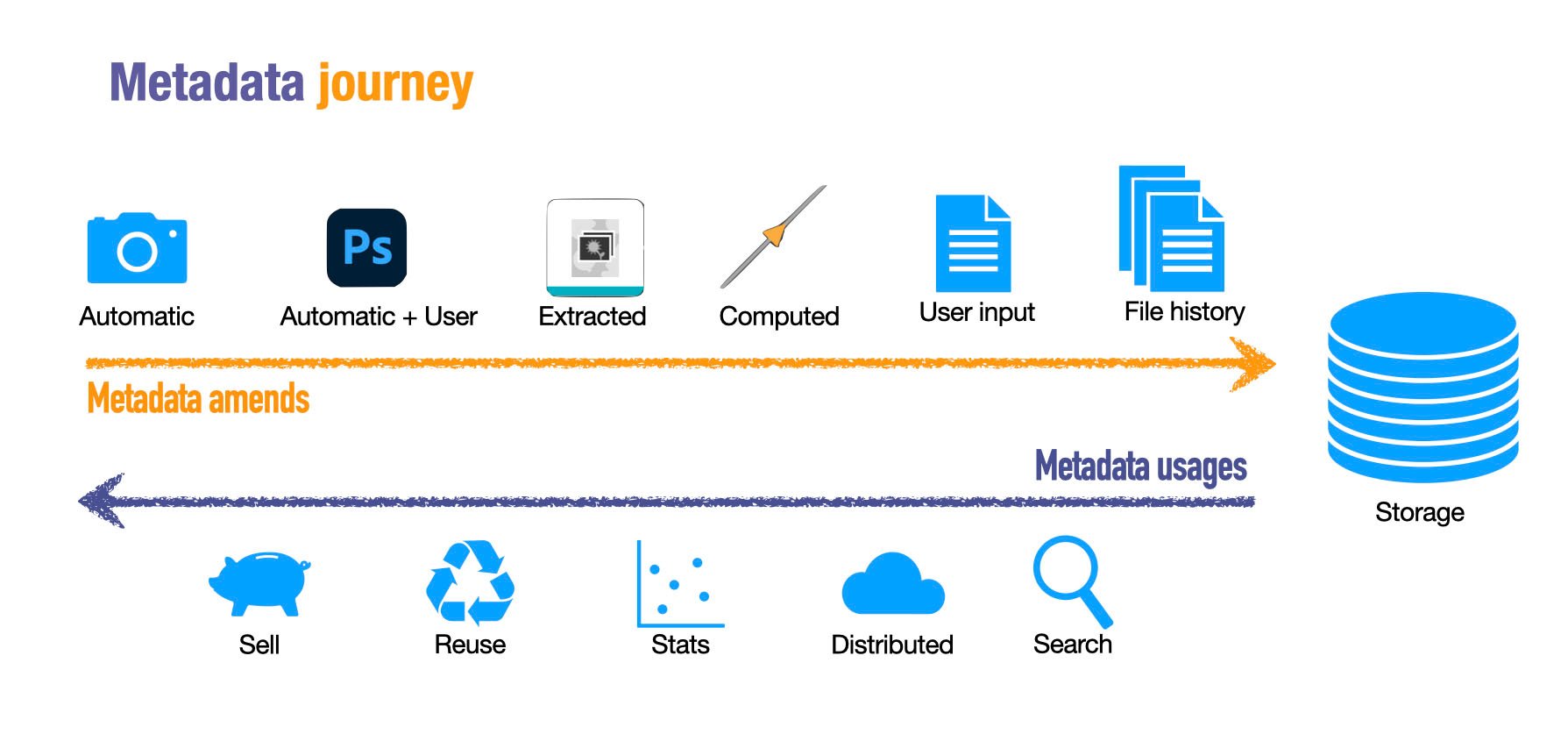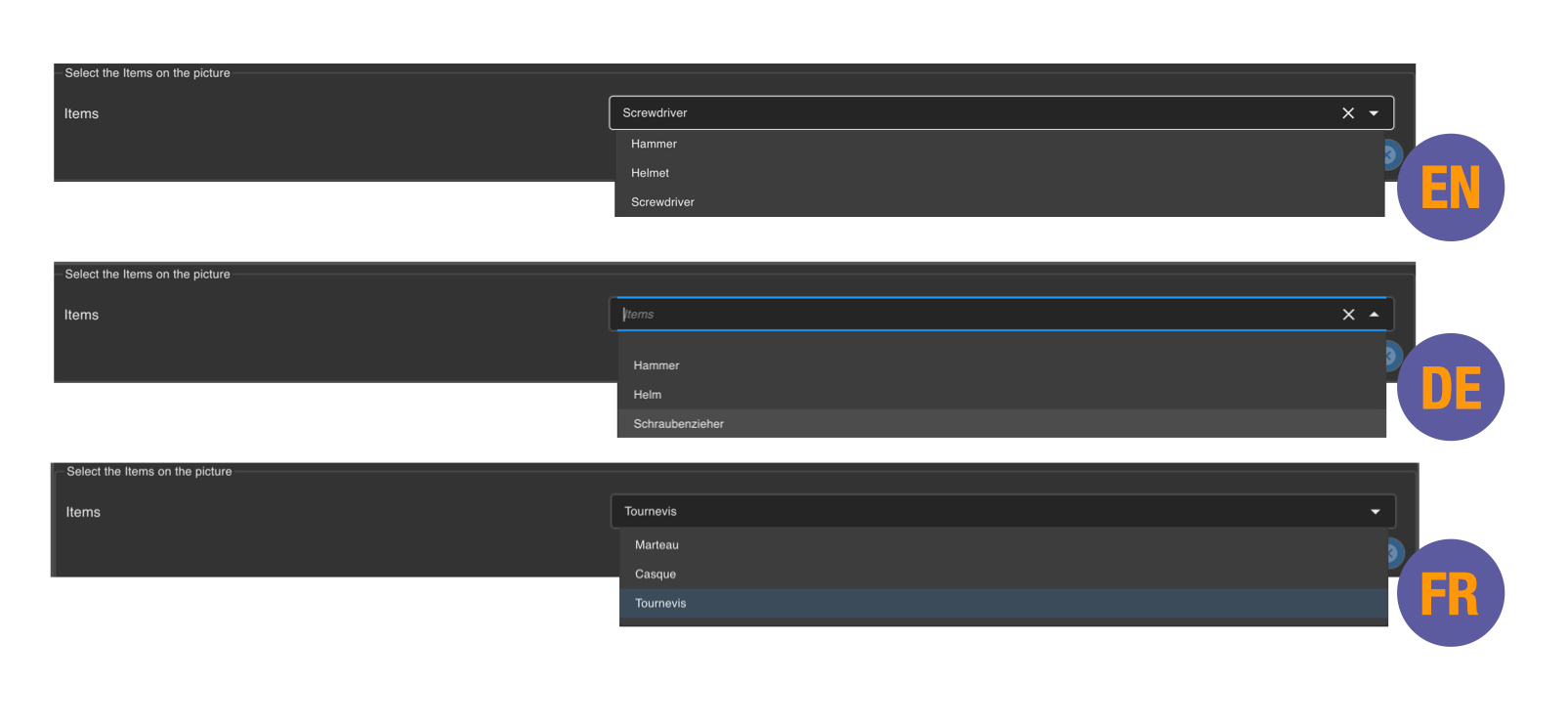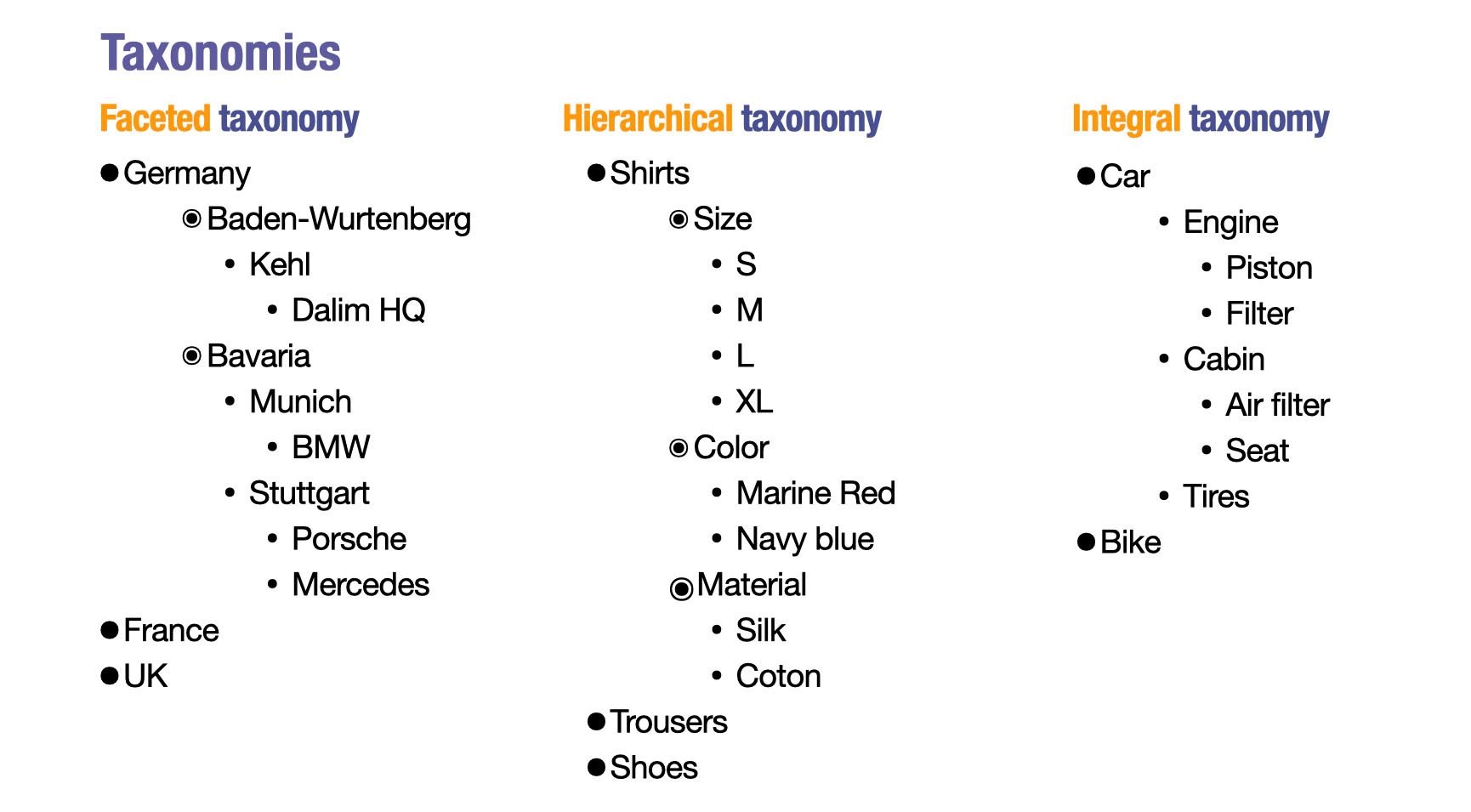“Metadata makes an asset valuable.”
That statement sits at the heart of DALIM SOFTWARE’s philosophy—and for good reason.
When we think of digital assets (photos, PDFs, videos, packaging layout), it’s easy to focus only on the visual content. But in today’s fast-moving, multichannel world, what gives these files real value is the invisible information attached to them: the metadata.
So, what is metadata
Metadata is often described as “data about data.” But in the world of digital asset management, especially inside DALIM’s FUSION platform, that definition doesn’t go far enough.
Metadata is the structured information that tells your systems, and your team, what a file is, how it should be used, who owns it, where it belongs, and what needs to happen to it next. It can describe simple things like file format and creation date, or more complex layers like product codes, campaign tags, localization status, and usage rights.
In DALIM ES FUSION, metadata is treated as a first-class citizen. It’s not an add-on. It’s the central nervous system of every digital workflow.
Why metadata matters more than ever
In a single campaign, your creative team might deal with hundreds, or thousands, of image files. They may come from photographers, agencies, AI generators, or legacy archives. Without good metadata, those assets become nearly impossible to organize or reuse. You end up with duplicates, missed deadlines, or worse - publishing something with expired rights or the wrong version.
Metadata fixes that. And DALIM takes it several steps further by embedding metadata into the asset’s lifecycle from the moment it enters the system.

Let’s take a practical example: a fashion brand preparing its winter product launch. As images are uploaded into DALIM FUSION, AI can immediately suggest relevant metadata: “brown jacket,” “North Face,” “FW2025.” These suggestions appear in a smart side panel where users can confirm, adjust, or reject the tags. Once validated, those metadata tags don’t just sit there, they actively drive the rest of the workflow.
Because the image is tagged as part of the “FW2025” campaign, it’s routed to the appropriate team for review. Its “status” field controls visibility and approval stages. Its brand and product data make it easy to search later or reuse for future collections. Metadata transforms a simple photo into a powerful, usable asset.
DALIM’s metadata model: Built for real-world complexity
What makes DALIM unique is how deeply and thoughtfully it handles metadata. FUSION doesn’t treat metadata as a flat spreadsheet of labels—it understands that different kinds of information serve different purposes.
Metadata is grouped into three main categories:
- Descriptive metadata tells you what’s in the asset: keywords, categories, product names, colors, and tags that make it easy to search and classify.
- Structural metadata helps organize your assets: classifications, taxonomies, and version history.
- Administrative metadata manages workflows: rights, approvals, creation and expiry dates, and ownership.
And DALIM gives you powerful tools to set, edit, reuse, and automate metadata intelligently. You can manually enter it through forms, import it via Excel or API, or extract it automatically from the file name, upload path, or embedded info (like EXIF or IPTC). AI helps streamline tagging, offering suggestions you can accept or refine. DALIM even integrates controlled vocabularies and multilingual thesauri so that a keyword like “red” appears as “rouge” for French users or “rot” in German, depending on who’s logged in.

Classifying assets: Folders vs. taxonomies
One of the most powerful, but often overlooked, aspects of metadata is classification.
Many teams are used to storing assets in folders. DALIM supports that, but also goes far beyond it with flexible taxonomies. A taxonomy is a structured way of classifying information. Think of it like categories and subcategories that are both human-friendly and machine-readable.
Unlike a folder structure (which forces you to choose one “place” for a file), taxonomies in DALIM allow assets to live in multiple categories at once. One image can belong to a product line, a region, a campaign, and a file type - all without duplication. And because DALIM taxonomies are translatable and editable, they can grow with your business.

Metadata isn't static — it's alive!
DALIM views metadata as something dynamic. It evolves over time, just like your assets and campaigns.
A field like “approval status” might change as a file moves through a creative workflow. A “rights expiration date” may trigger a status change or send a reminder. Metadata values can even control automation: routing assets to the next step, generating previews, or notifying users.
That’s why DALIM encourages brands to treat metadata governance as a discipline. A small change to a metadata field, especially one that’s tied to automation, can have ripple effects across your platform, partners, or production teams. Governance teams should define rules, document structures, and maintain consistency as the system evolves.
Searching smarter, not harder
Metadata becomes even more powerful when paired with DALIM’s new Elasticsearch-powered search engine. Traditional search systems struggle with large volumes of data. But with metadata as the foundation, DALIM enables lightning-fast, faceted search: “Show me all French-language brochures from last year that are approved and feature jackets.”
You don’t need to remember file names. You don’t need to navigate a maze of folders. Just filter and go.
Metadata as a strategy
Perhaps the most important shift DALIM enables is cultural: moving from thinking of metadata as a technical feature to treating it as a business strategy.
When metadata is properly planned and maintained, it allows your organization to:
- Find assets instantly, without digging through folders
- Automate workflows, from translation to publication
- Reuse content, instead of re-creating it every time
- Maintain brand control, across languages and regions
- Ensure rights compliance, avoiding costly mistakes
- Report on performance, based on asset readiness or approval stages
All of this reduces friction, saves time, and improves collaboration - across teams, regions, and partners.
Final thoughts: Metadata is the asset
As digital ecosystems scale, raw files lose value without the context, structure, and intelligence metadata provides. In DALIM FUSION, metadata is the asset — enabling automation, localization, findability, and reuse at every stage of the content lifecycle.
Whether you're building a product catalog, launching a global campaign, or powering a digital supply chain — your metadata strategy will determine your speed, flexibility, and competitive edge.
The future of digital content is not just about creating more, it’s about managing it better. And with DALIM, mastering metadata is the key to unlocking that future.
What’s next: From metadata to full DAM mastery
Metadata is the intelligence behind your assets — but it’s only the beginning.
Explore how DALIM’s DAM solution helps teams structure, automate, and scale every part of the content lifecycle.
📘 Download our DAM white paper
🎬 Watch " 10 Core DAM characteristics | Revolutionizing Content Production with DALIM "